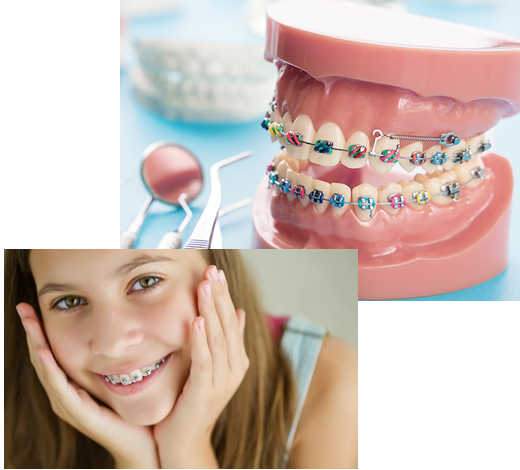
Orthodontics straightens teeth to enhance their look and function. Spreading biting pressure across your teeth may also protect your teeth, gums, and jaw joints. Braces shift teeth by force and pressure. Traditional components include brackets, bonding material, arch wire, and ligature elastic (sometimes termed a “O-ring”). When the arch wire presses the brackets and teeth, they shift. Spring or rubber bands may increase force in one direction.
Constant pressure from braces moves teeth over time. New bone forms to support the tooth after loosening it. This is bone remodeling. Biomechanical processes like bone remodeling strengthen bones when loaded and weaken them when not. Cells called osteoclasts and osteoblasts make bones. Direct bone resorption begins from the alveolar bone's lining cells, whereas indirect or retrograde resorption occurs when the periodontal ligament is overstressed. Also critical for tooth mobility is bone deposition. Distracted periodontal ligaments deposit bone. Without bone deposition, teeth loosen and voids form distal to tooth movement. For more information on Orthodontic treatments in Etobicoke, reach out to Queen’s Plate Dental today.
During your orthodontic treatment at Queen’s Plate Dental in Etobicoke, it is crucial that you continue to have examinations by your dental experts. Additionally, you should give your mouth and teeth more attention: Every day, thoroughly brush your teeth, making sure to get in between them if you can. Because braces are sensitive, you must take extra care while cleaning them to prevent breakage. Depending on the device you are wearing, your dental experts will be able to demonstrate the specific methods you need to follow. Reduce the frequency of high-sugar meals and beverages. Steer clear of sugar-filled foods, beverages, and carbonated drinks. Hard and sticky meals might also harm your brace. At least once throughout the day and just before bed, brush your teeth. Apply mouthwash if necessary. Your dentist may suggest using a mouthwash or gel that has more fluoride, or they may suggest a stronger fluoride toothpaste.